
Show Notes
Summary:
This episode continues My Story and explores my experience as a professional artist, art instructor, and creativity coach. It presents my teaching philosophy and personal approach to art making.
created by a human
Episode Transcription:
[00:00:00] Welcome I'm Kristi Backman. This is my podcast, Cultivating Creativity. It's about helping you build your creative life. Giving creatives a way to make space for artistic growth through the insights for the mind of an artist, instructor and art coach about the creative process and living that crazy creative life.
[00:00:27] This episode continues my story and explores my experience as a professional artist, art instructor and art coach. It presents my teaching and coaching philosophies. and my personal approach to art making.
[00:00:43] We left off with me finishing grad school, and I was so excited to have the time and the space to explore what I wanted to do with my art and for the first time I was outside of the structure of academia. This presents pros and cons; it presents the challenge so many artists I work with deal with on a daily basis. Something that I dealt with until I learned some strategies, some techniques, and some tools to be able to make it effective.
[00:01:12] And that is creating time and space for your artwork for your studio time, because you have to be practical pay the bills. You have to do boring things like laundry and dishes. And honestly, it always seems that we put our art last. I struggled with this a lot. Now, one thing I did really well is I always had a dedicated studio space. Be this a section of my apartment, a spare room or the basement of my house, but I always had a space where all my art supplies were set up and I could literally go and work at any time.
[00:01:50] The piece of the puzzle that was missing for me was creating a structure of time to go work on things. I struggled with this idea of feeling. Inspired versus making myself work. And the funny thing was I had just spent so many years of school making myself work and having to produce on a deadline.
[00:02:11] But when I was on my own, I talked myself out of that idea saying, well, I'm not inspired to create, I can't force creativity. And I will say you can't force creativity per se, but you can create fertile ground for creativity to exist. And you can get in your studio space and start working and making things happen which will lead to activity and create the interest in generating art, as opposed to just avoiding it all together and waiting for inspiration to strike.
[00:02:43] So this becomes a major challenge and is a major challenge to a lot of artists. And this includes artists who are full-time artists, but this predominantly applies to those of us who are balancing other things in our life, whether that's a job, whether that's family, whether it's other responsibilities.
[00:03:01] We often put those other responsibilities first and there's nothing wrong with that because in all honesty, sometimes they are the biggest priority, but that does not mean that you should not prioritize your art. So, there are things that you can do to that.
[00:03:18] I spend a little bit of time, lost in this not making space or time for art making and honestly, having to shift my focus to the realities of everyday life. I moved from Montana to Colorado. I got a full-time job. And another thing I learned in this experience is you can structure your life in a lot of different ways, but if you are needing to have a job and wanting the time and space to create art, there are different jobs that can help support that. There are some jobs where you just come home mentally and or physically exhausted with nothing left to give. And there are other jobs that are a little bit more fun, a little bit more flexible that allow for creativity to flourish in the cracks and crevices. And that is something to consider because working at a corporate job for me, exhausted me and having that rigid schedule it was challenging for me to find space for creativity.
[00:04:20] Luckily that didn't last long. I did soon get hired at the Art Institute of Colorado. I started as an adjunct and not long into my time there I became a full-time professor. Every job has parts that you don't like. But overall, my time at the Art Institute was a wonderful experience. It was so amazing to be a faculty member at an institution whose primary focus was art. Everybody there was interested in some facet of the arts.
[00:04:54] Everybody there was creative, and it felt like I was surrounded by people with like interests, and it was so much fun. I primarily taught foundational classes, color theory, drawing, design, form and space, which was a sculpture class. I also taught some advanced drawing classes; some concept design classes and some graphic design classes.
[00:05:20] I was interested in focusing on the foundations because my personal philosophy about art is I love thinking about the techniques and tools that you learn, becoming the tools in your toolbox. And this is an analogy I use all the time with my students. And I'm like, imagine one of those really amazing, huge toolboxes with all the drawers we are gonna fill that thing up.
[00:05:46] Every new idea is a technique is a tool. And I want you to identify it, figure out how to use it and put it in the drawer. Know that it's there when you need it for later. That's how I think of the foundations of art. It's learning all of those things. And so, when the artist themselves is ready to work, they have all of these resources at their fingertips. And they can go in any direction they want.
[00:06:14] One of the things that I felt was a result of my experience, trying to be pigeonholed into being a painting major or a sculpture major when really I was more of a mixed media artist is giving the students, those tools and encouraging them to go in any which direction they want. And that gives them a broader base to work from, and they're not limiting their directions. And so, I was really interested in focusing on those foundations and really getting a good understanding of what was important for students to know. So, while a lot of my compatriots at the Art Institute preferred to teach the upper-level classes. I preferred to teach the foundational classes.
[00:06:55] Another wonderful opportunity I got when I was there is they created a sabbatical program and I was able to take a sabbatical. During this sabbatical. I finally found my perfect media.
[00:07:10] While I was working at the Art Institute, I did have time and space for creativity. Having a college schedule is very different. I had some morning classes, afternoon classes, evening classes. My schedule was varied, and I would have different pockets of time. And I would say it was that experience that helped me be creative in strange or bizarre pockets of time. Making that productive studio time became a habit.
[00:07:36] I have learned for me. That my most productive creative time is in the morning. This is something that has been a long journey to understand about myself. And this is something else I help clients understand when they do their best work and their best types of work. For example, if I need to come up with brand new ideas or like off the cuff creativity or things like this podcast, I like to do it first thing in the morning, but if I'm working on something that takes a lot of concentration, maybe it's repetitive tasks, it's detail oriented. I do best with that in the afternoon and things that I don't have to think about and things that I can just kind of plug away with. I do best with those in the evening. And there are components of all three aspects in the art that we all do. There are things that can fit into that. And so, you can fit in tasked to any schedule.
[00:08:31] Typically this isn't even a question we ask ourselves; our lives are just forced into particular schedules. When we're in school, we go to school during the day. And typically, we have jobs during the day. I was just lucky to have an opportunity where I had a job that met at different times. And so, I had that option to learn that about myself. So, I encourage you to look at that.
[00:08:54] Going back to my sabbatical, because I had this creative time. I did a lot of experimentation with different media. I played more with clay, wood, with metal, with glass. I played with more fiber different types of sculptural material. Things that people use for costume design. And I just experimented all over the place, just trying everything, cuz I wanted something that was malleable, but also could be rigid.
[00:09:27] I really found that I loved the idea of working with clay, but due to my asthma, I wasn't really wanting to use traditional clay. I did do a few pieces out of traditional clay and they turned out really well. But it was very fragile and not to mention heavy when shipping. So those were considerations I had to think about, and I was like, can, is there anything else that I can use? It's not quite that fragile. And I stumbled on this idea of possibly trying out fiberglass.
[00:09:55] When I first started thinking about fiberglass, I started to research it. I could only find two books. One was written in the 1960s. One was written in the 1970s and they were both about large scale sculpture in fiberglass, really when that became introduced as an art medium. Now I could go and watch a million YouTube videos where people who are showing you how to use it. But my concerns about fiberglass was how do I use this safely? So, I applied for a sabbatical, and I got a term release where I didn't teach for a semester. And I was able to just research and play with this media, see, what I could make it do. And what I ended up doing was referring to car and boat communities, which both had a ton of information and presented it in a very professional. way. I did a lot of research on the material itself, how does this work?
[00:10:48] I started creating some mockups. What I ended up doing was creating. a new technique. One that I certainly hadn't found in all of my research and it's actually fairly simple. I create oil-based clay molds. And so, I am able to sculpt that clay. I love the malleability of clay; I really enjoy creating those clay forms. And then I use a very thin fiber. I cut it up into small pieces and I basically approach it like paper mache. I take the small pieces. I cover the oil-based form. I do multiple layups of that. And then I remove the clay. If it's a free-standing piece, I can take the mold cut it in half. I can mold both sides. And then I put the fiberglass together. I actually do a lot of relief pieces. And so, the back is open, and it hangs on the wall. So that works very naturally with this process. I was able to create very lightweight and very durable pieces that I could then sand and refine and then paint.
[00:11:50] And so honestly this became the answer I had been looking for basically my whole life not to be dramatic so I could create interesting creative forms with a surface that I could manipulate with paint and color. It was really the answer to everything that I had been looking for.
[00:12:10] So during that sabbatical, I agreed to refine that technique, make sure it worked, complete the research. Create a short ebook. Then I was also going to create a series of pieces and have a show at the school gallery. And I ended up doing that. I had a really lovely show of some new work.
[00:12:29] I, at that point had first draft of what is now my more expanded ebook, Fiberglass: For Small Works. Which you can find on my website under the learning section.
[00:12:40] So finally I had that opportunity to really explore and find the material that was right for me. I had already had this aesthetic. The visual style, the concept behind my work, I was just missing the ingredient of the medium. And I finally was able to bring that together. That was really what I needed. And I got that opportunity to do that while working at the Art Institute.
[00:13:06] Going back to the teaching aspect, thinking about how to teach. The one thing I've always found interesting is that, to teach college all you need is a master's degree in that discipline, but teaching is a craft in and of itself. I have had some really good teachers, but I'd also had some teachers who knew their content, but didn't know anything about how to teach.
[00:13:31] Wanting to avoid being that type of teacher. I signed myself up for a lot of classes on how to teach. A lot of those were outside of what I needed to do, but it was something that I wanted to do for myself. One of the things that I had identified, wanting to do very early on was to teach other people art. And so. I really wanted to educate myself on how to teach effectively.
[00:13:53] One of the things I have developed over the years, if I do say so myself is a very strong teaching style. I can say that objectively because students come out of my classes demonstrating very strong skills. And the feedback I often get from my students is very positive about their experience.
[00:14:10] One of the things that I think is so important, especially in creative fields is a really strong blend of both constructive criticism and being supportive and finding positive aspects in the work. For example, during a critique, no matter how good the piece, there's always gonna be something that they could consider for the future that may have been done better, that could have gone in a different way just to make them think about things. And then there's always going to be something that was handled well, that was maybe innovative. A strong technique. And I think identifying both for students is very important. I tend to be more overall supportive, but like teachers I'd had in the past, I felt it was really important to push students out of their comfort zone and to help them grow and change and evolve. One of the things I've always told them is. The projects that we do in class are an opportunity to go too far to push past the boundaries you're not gonna get outta that comfort zone by being hesitant and making the safe choice, but exploring, pushing and experimenting is really how you create growth.
[00:15:22] That philosophy and type of approach I think is very effective in both the teaching environment and the coaching environment, because it's about encouraging people to take those next steps about giving them feedback about how they've been doing. And I think it's really important for overall growth.
[00:15:43] After a time, unfortunately, the Art Institute did close down and after that I started working for, community colleges in the area and decided to be an adjunct instructor and just teach my classes and do my other stuff. When I was working full time, I was very involved in the school. I was on a number of committees, and I did a lot of work at the school in addition to teaching my classes.
[00:16:08] I decided give me an opportunity for growth in my own work and maybe to go in some other directions. I was always interested in helping students with their bigger picture because I could help them with the class they were in, but it wasn't really my place to talk about how they were doing in another class or thinking about, their overall plan that wasn't really part of the agenda of teaching in a college classroom. I was just looking for an outlet on how can I address this bigger picture? And I fell into the idea of coaching, and I had the time for it when we shut down in COVID. I took an amazing coaching program, the Magnetic Coach system, And I got my certification. I learned so many powerful things, really, it was about how to effectively communicate and to encourage and to discuss things. It was a wonderful compliment to the teaching skills that I had already developed, it allowed me the framework to both provide some of the learning and to provide some of the guidance that I really wanted to do in a more sustained way. I still do teach some adjunct college classes and I enjoy doing that. I love the classroom. I love working students, but what I'm really shifting into is coaching artists. Into their authentic creativity.
[00:17:37] One of the things I haven't addressed is the idea of selling or showing. I tried a lot of different things. I was represented for a gallery for a while. I spent a couple seasons doing festivals some small to medium scale art festivals. That was a really interesting experience. I learned a lot, but I also learned that it was not for me. One thing I've continually done is apply for exhibitions from different call for entry sites.
[00:18:04] I never really wanted to place the burden of financial prosperity on my art. And that's something that I receive a lot of pushback from some family, some friends, it seems to me that a lot of society determines artistic success is financial success. And I have never understood why those two things are linked. There are definitely ways that you can make money with your art. And that's something that I can help people with.
[00:18:32] Personally, I wanted to take all of that financial pressure off of my art. That way my art was allowed to grow and evolve in its natural way. Now that is not a universally held approach.
[00:18:46] This is actually something that I work on with clients because not every one of us who makes art is going to make a living at art. And the thing is teaching art history I can tell you that a lot of the famous artists that we know and love did not make a living, making their art, but thank goodness they made it right? They took that opportunity and made that time for themselves. So, for me, art is not necessarily equated to a paycheck. I'm not saying you don't deserve money for your art, but that is not my emphasis. I am not a business coach. For me, it's about the making.
[00:19:21] Now, what I try to help people find out is what's the most important thing for them. And some cases they may not feel complete until they show it or until they sell it. But I wanna make sure that's their value, not something that's being pushed onto them.
[00:19:36] So what I feel coaching really brings to the table is it allows you to get an aligned agenda. When I work with artists, I begin wherever they are. All about a personalized experience and it works towards identifying and achieving your creative goals. Working with a coach is a wonderful and demanding experience. It requires passion and commitment and a lot of hard work. It is not a done for you system. I have been there and that's why I feel like I can bring so I got to do them in a way that I learned, what works, what doesn't work. And I can share that with you. So, you don't have to take the time that I did to learn some of those things, and you can benefit immediately and start seeing some really amazing changes in your work.
[00:20:28] I hope you found this both interesting and informative. I think learning about a person's journey can be insightful for one's own journey. It also helps you understand where that person is coming from.
[00:20:38] So tune in next time, as we focus on aspects of YOUR journey.
created by a human


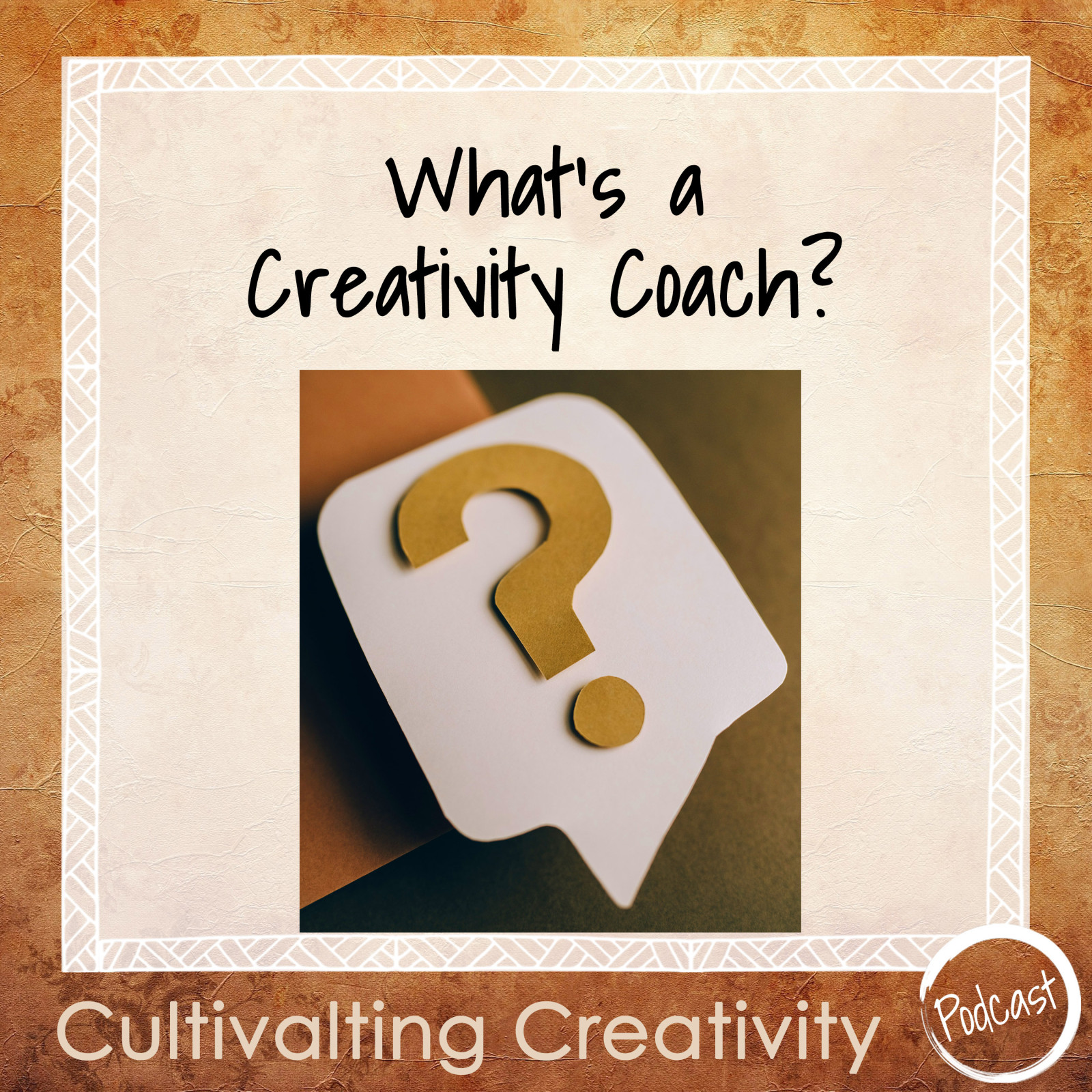
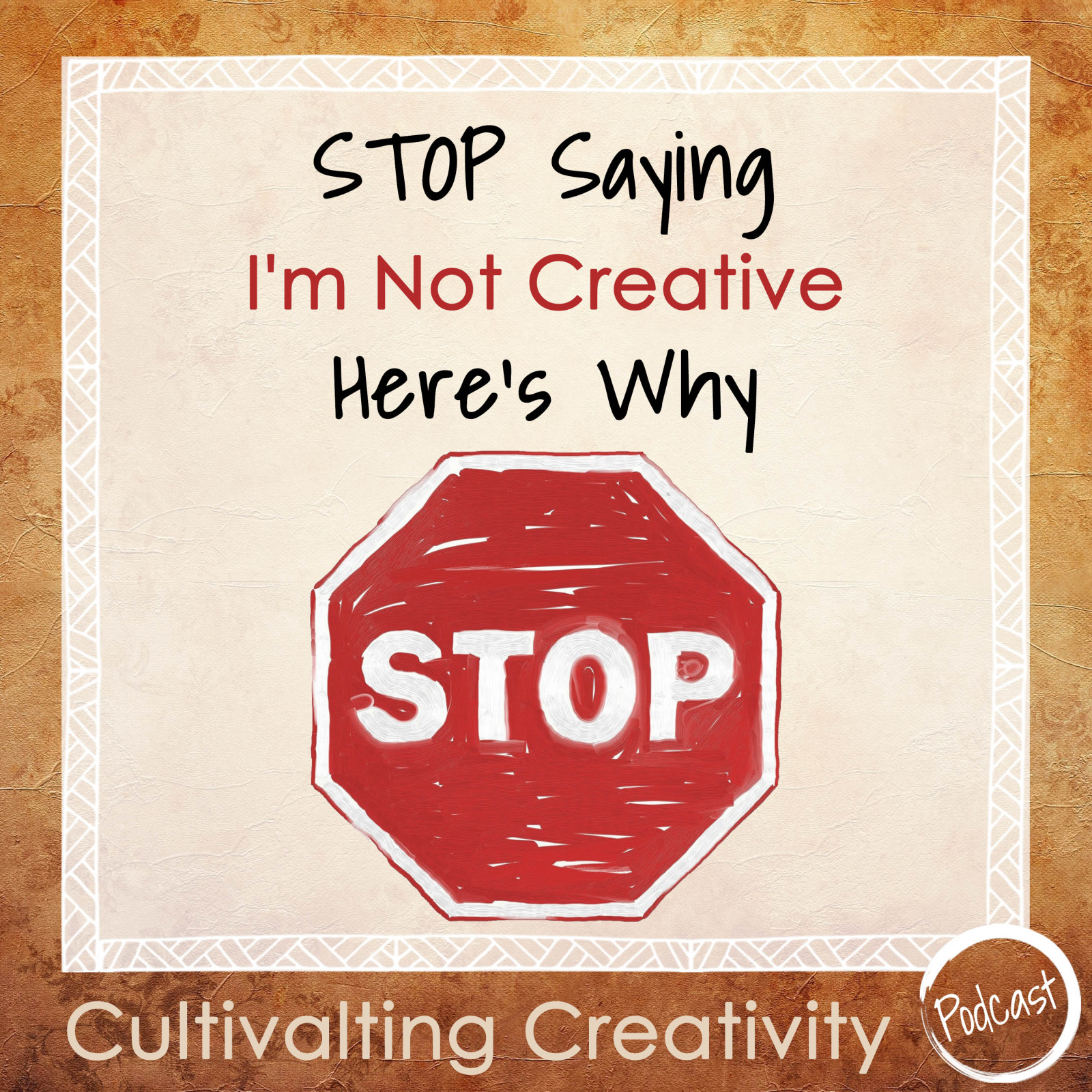

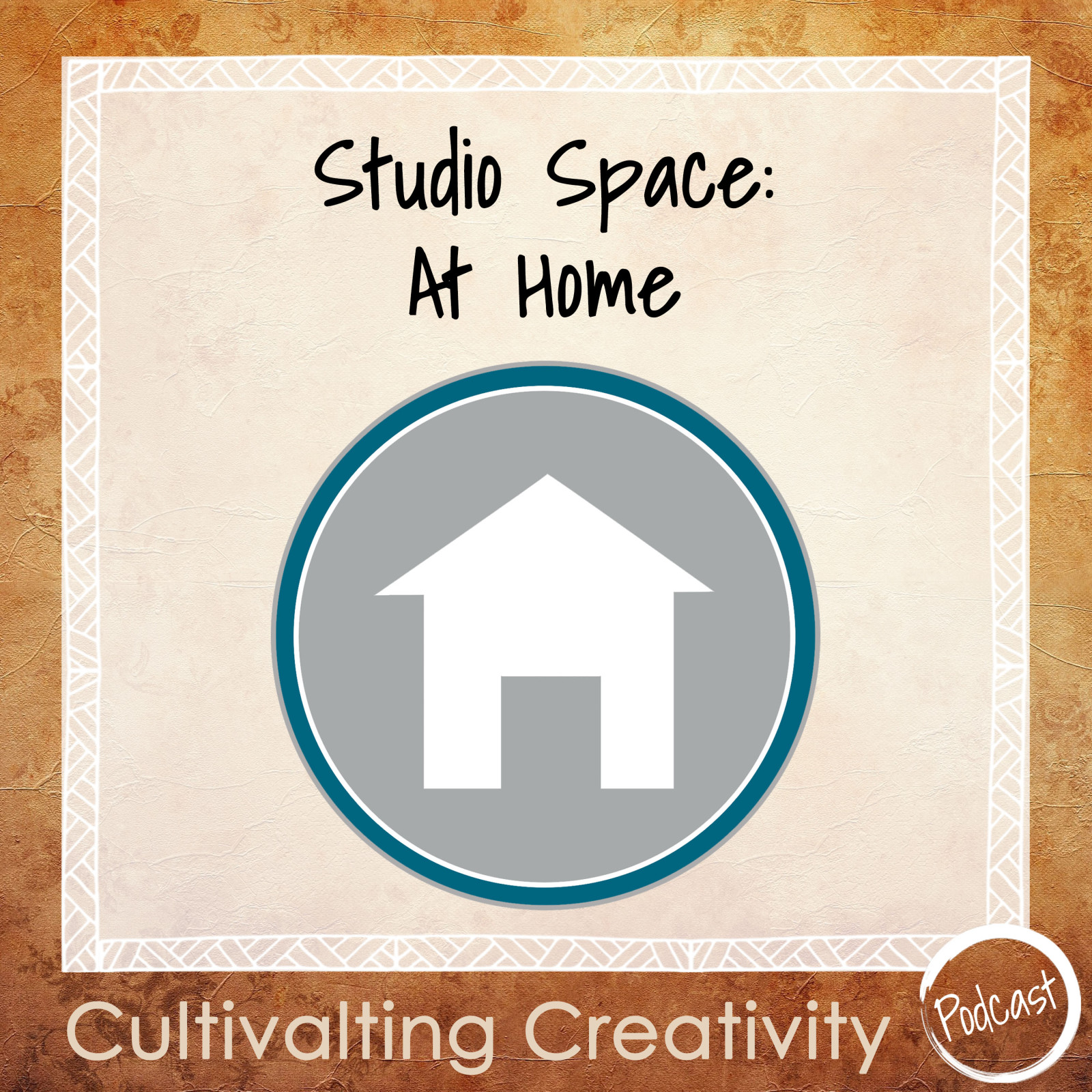

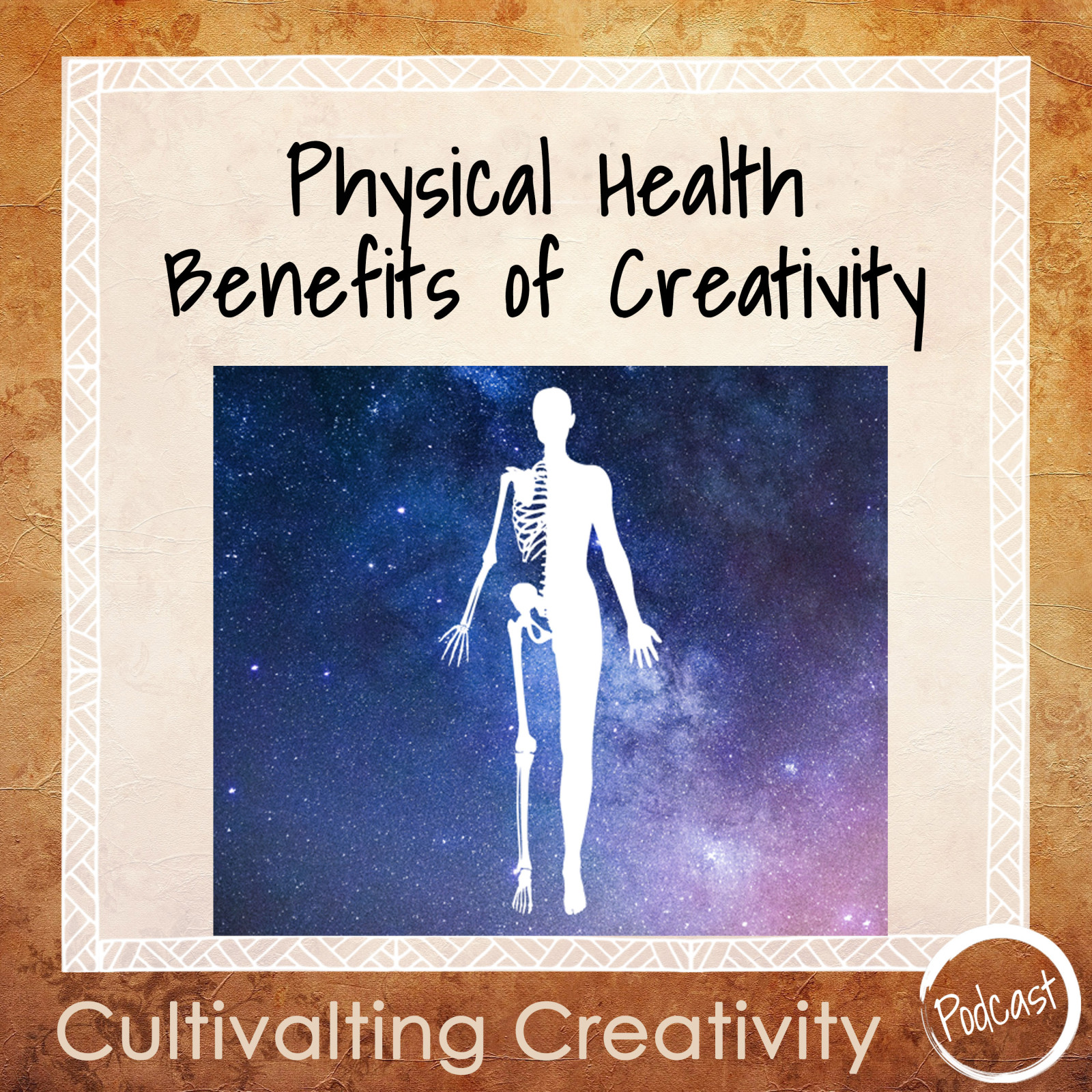
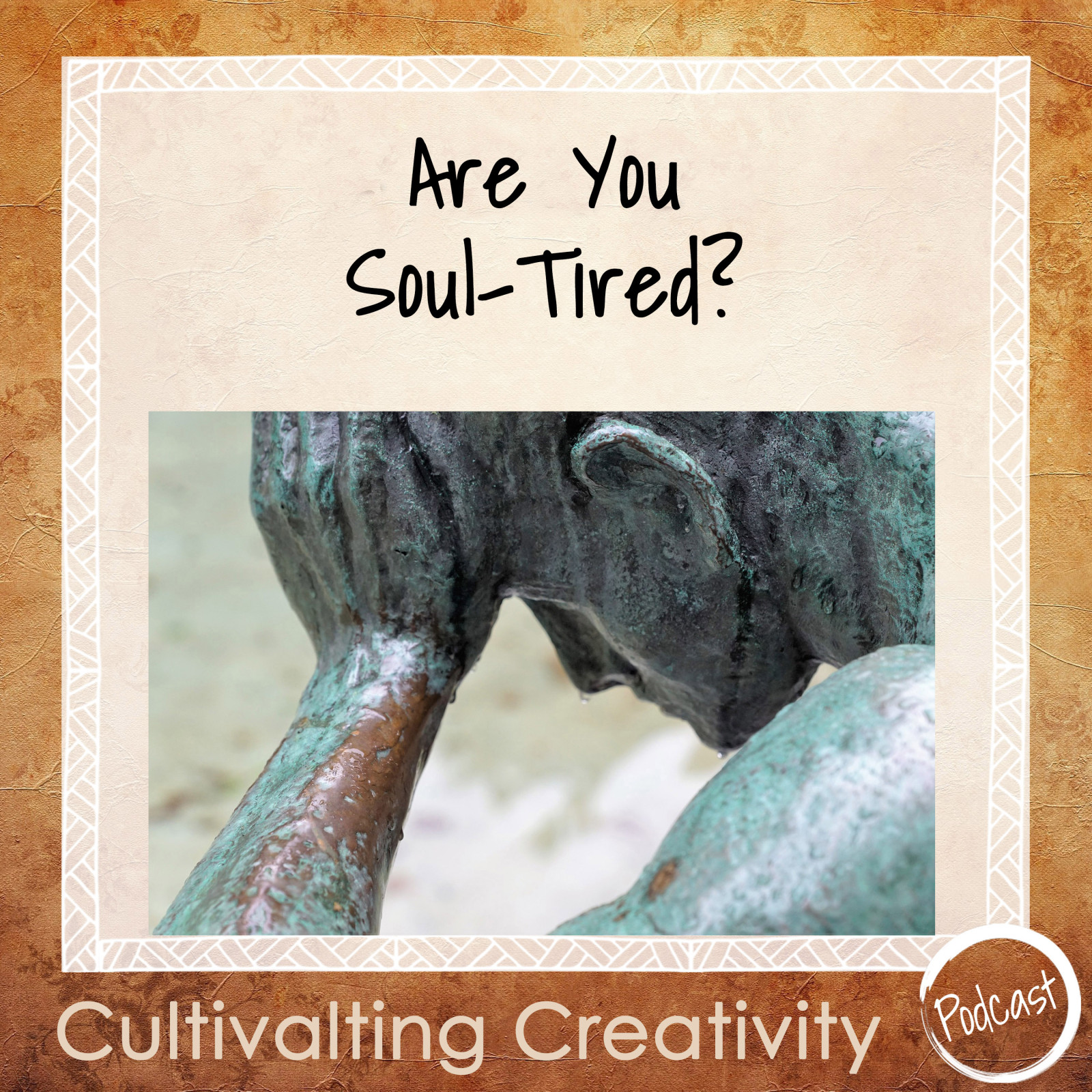
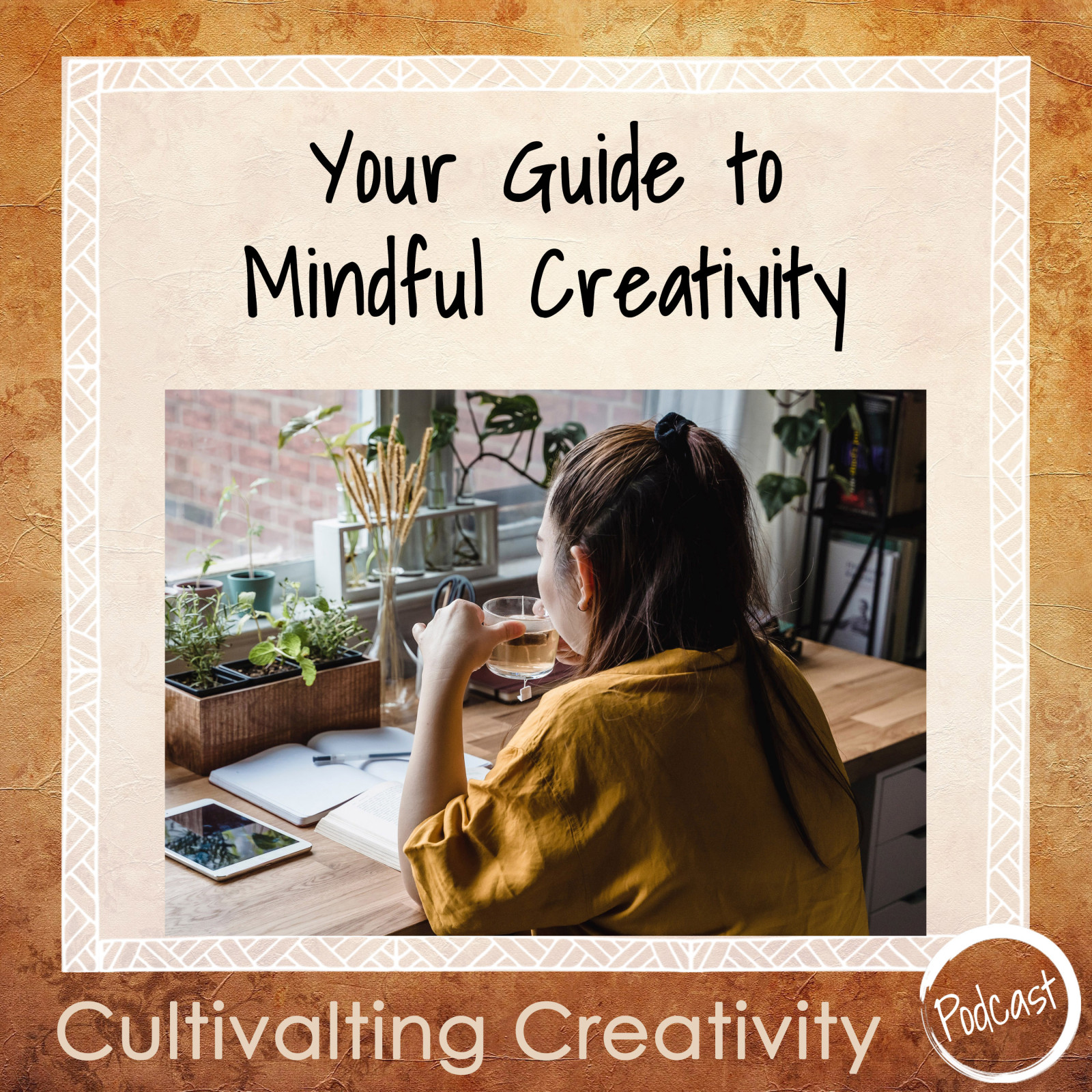
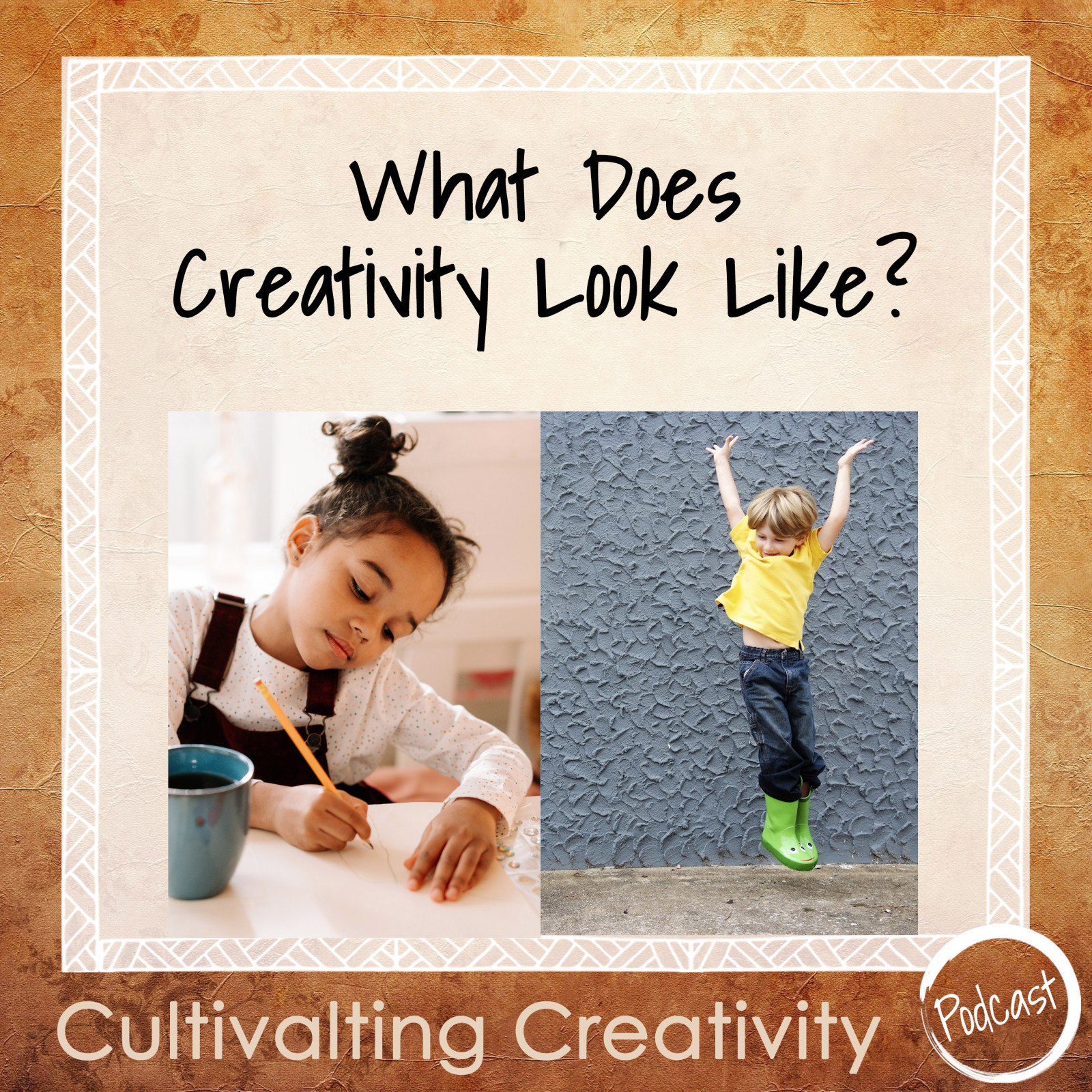
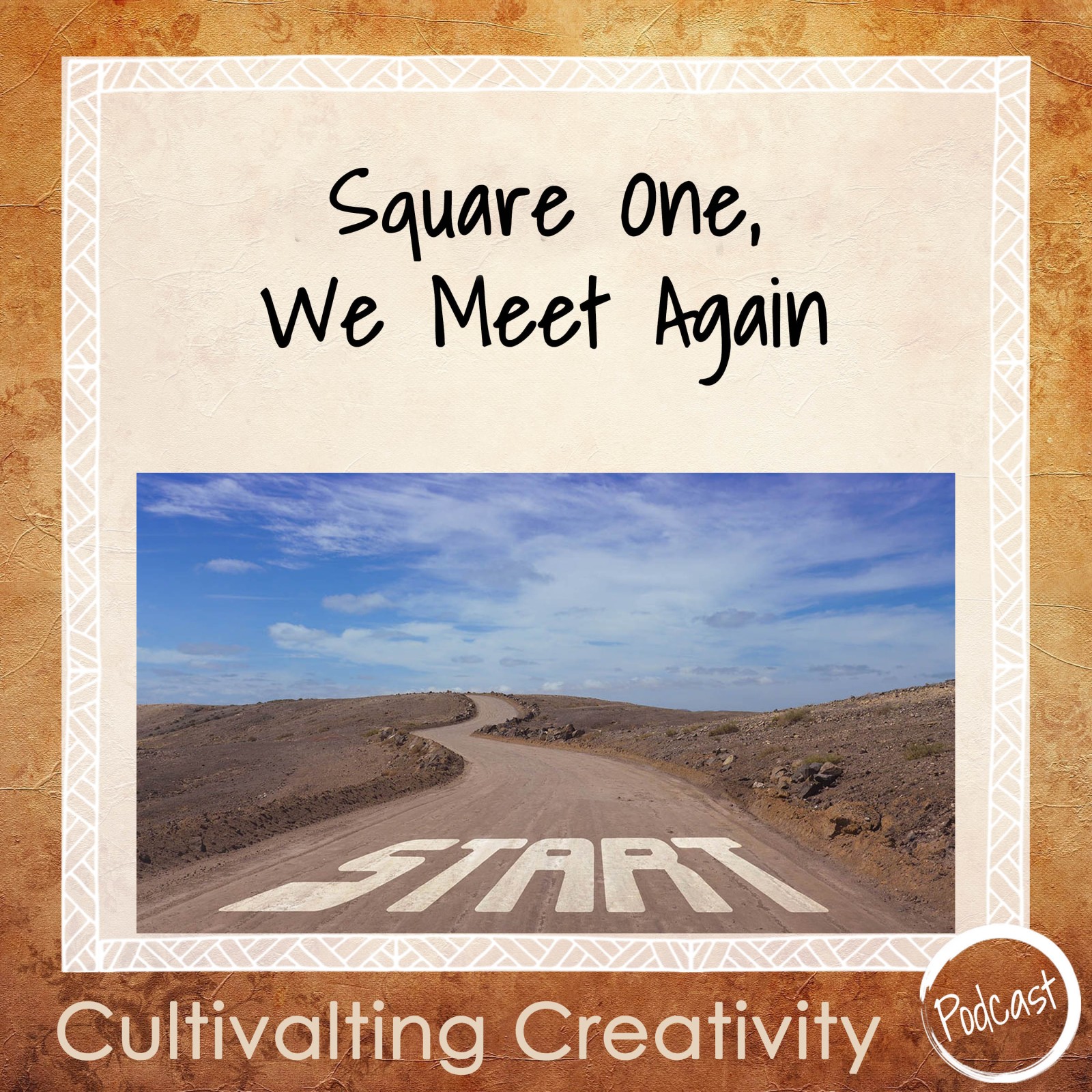




0 Comments